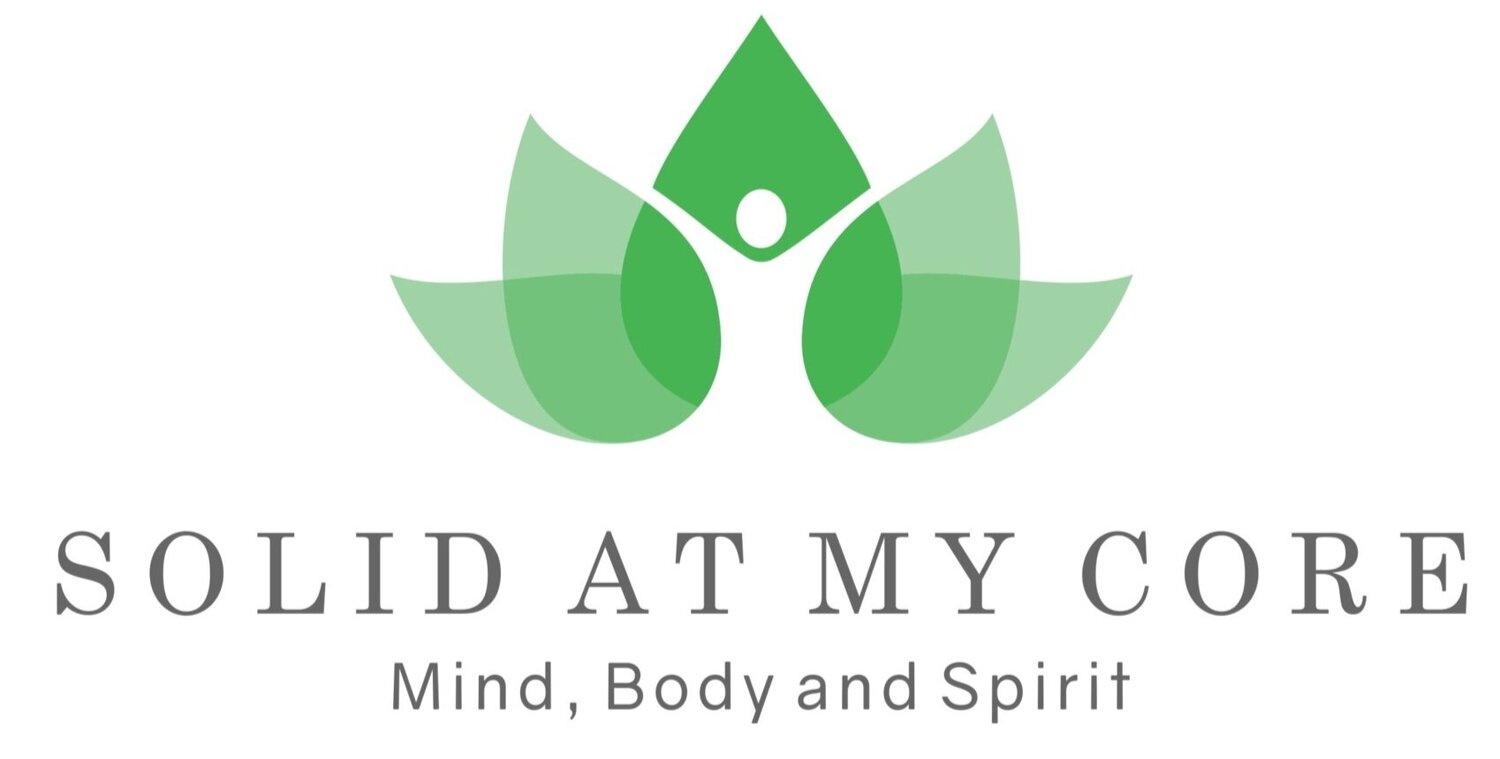Amidst the chaos of jam-packed schedules, finding moments of peace and calm may seem like a distant dream. Even if you're constantly on the go, you can still experience the profound benefits of mindfulness with practical and manageable strategies, offering a glimmer of relief and peace in your busy life.
Mindfulness is the practice of being present and fully engaged in the current moment without judgment. It involves paying attention to your thoughts, feelings, and surroundings in a non-reactive way. The benefits of mindfulness are well-documented and include reduced stress, improved mental clarity, enhanced emotional regulation, and overall better well-being. These benefits can lead to increased productivity, better relationships, and a greater sense of fulfillment in life. However, the challenge often lies in finding the time and space to practice mindfulness consistently, particularly for those with demanding schedules.
Are struggling with motivation and mindset? Are you feeling discouraged, or perhaps you don’t know where to start? Consider small group coaching.
Start Small: Micro-Mindfulness Practices
One of the biggest misconceptions about mindfulness is that it requires long, uninterrupted periods of meditation. While traditional meditation is beneficial, it's not the only way to practice mindfulness. For instance, you can start small with micro-mindfulness practices like taking a few deep breaths before a meeting, or noticing the sensation of water on your hands while washing them. These practices fit seamlessly into your busy day and can be done anywhere, anytime.
Mindful Breathing: To practice conscious breathing, focus on your breath for a few moments. Inhale deeply through your nose, hold for a few seconds, and exhale slowly through your mouth. This simple practice can be done anywhere and anytime, whether you're at your desk, in a meeting, or even commuting. By focusing on your breath, you're bringing your attention to the present moment, which can help calm your mind and reduce stress.
Body Scan: Spend a minute or two scanning your body from head to toe. Notice any areas of tension or discomfort and consciously relax those muscles. This practice helps you reconnect with your body and release physical stress.
Mindful Observation: Choose an object around you and observe it closely. Notice its color, texture, shape, and any other details. This practice helps anchor your attention to the present moment and can be particularly calming.
Integrate Mindfulness into Daily Activities
Integrating mindfulness into daily activities doesn't have to be a separate endeavor; it can seamlessly blend into your existing routine.
For instance, mindful eating involves savoring each bite and noticing your food's flavors, textures, and aromas, which can enhance meal enjoyment and improve digestion. Similarly, you can turn your daily commute or walk into a mindfulness practice by paying attention to the sensation of your feet touching the ground, the rhythm of your steps, and the sounds around you, transforming a mundane activity into a moment of calm. Lastly, practicing mindful listening during conversations by focusing on the speaker's words, tone, and body language without interrupting can enhance your mindfulness and improve your relationships.
Technology is often seen as a distraction from mindfulness but can also be a valuable tool if used wisely. Numerous apps and online resources are designed to support mindfulness practice, even for the busiest individuals.
Mindfulness Apps: Apps like Headspace, Calm, and Insight Timer offer guided meditations, breathing exercises, and mindfulness reminders that can be tailored to fit your schedule.
Mindful Reminders: Set reminders on your phone or computer to prompt you to take conscious breaks throughout the day. These can be as simple as a notification to breathe deeply or a prompt to take a few moments to center yourself.
Digital Detox: Schedule regular tech-free periods during your day. Even short breaks from screens can help reduce mental fatigue and promote mindfulness.
Create a Mindful Environment
Creating a mindful environment plays a significant role in enhancing your ability to practice mindfulness. Start by decluttering your space, as a cluttered environment can lead to a cluttered mind. Spend a few minutes daily tidying up your workspace or living area, as a clean, organized space can promote a sense of calm and focus. Incorporate elements of nature, such as plants, flowers, or natural light, which have a calming effect and can enhance your mindfulness practice.
Designate a small area in your home or office dedicated to mindfulness. This could be a corner with a comfortable chair, a cushion, or a yoga mat. A designated mindfulness spot can be a gentle reminder to take mindful breaks throughout the day.
Practice Self-Compassion
Practicing self-compassion is essential when approaching mindfulness. Understand that finding time for mindfulness practice may not always be perfect, and that's okay. Be gentle with yourself, recognizing that every small effort counts.
Embrace the idea that mindfulness is a practice, not a destination, and there will be days when it's harder to stay present. Celebrate small wins, whether a minute of mindful breathing or a mindful meal, as each step contributes to your overall well-being. Stay patient, knowing that building a mindfulness practice takes time and persistence. With consistent effort, mindfulness will become a natural part of your daily routine, fostering a sense of understanding and acceptance in your journey.



